Sir, recently we have witnessed the explosion of AI, but along with it is a wave of more sophisticated, more stealthy cyber attacks using AI itself. How does Fortinet assess this phenomenon?
Mr. Nguyen Gia Duc: Yes, we are facing a turning point in cybersecurity – when AI is not only a defensive tool but has become a “weapon” in the hands of cybercriminals. Attackers are leveraging AI to increase the speed, scale and sophistication of their attack campaigns. What is worrying is that they are no longer as obvious as before but operate silently and hide very well.
According to a recent report by IDC, nearly 52% of organizations in Vietnam have encountered cyber threats with AI elements in the past year alone. Notably, 36% said the number of AI-driven attacks has tripled. This shows that AI is changing the nature of risk – from an unexpected incident to a “permanent state” of the digital environment.
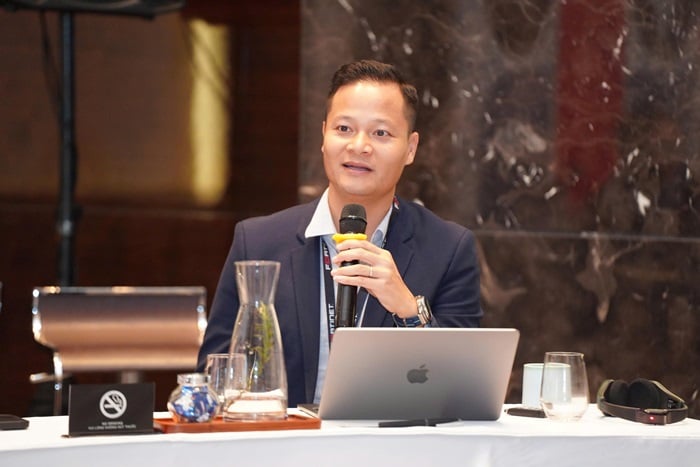
Specifically, how are AI-powered attacks taking place in Vietnam?
Mr. Nguyen Gia Duc: Attacks have become more diverse and smarter. We observe 5 prominent dangerous trends:
Credential Stuffing – hackers use AI to quickly check a series of leaked login information.
Social Engineering Attacks – AI is used to create hyper-realistic scams, such as emails impersonating leaders, messages with deepfake voices.
Attacks on supply chains and IoT/OT – AI helps hackers scan the attack surface quickly, identifying unpatched vulnerabilities.
Data Poisoning & Adversarial AI – hackers actively “poison” machine learning systems, causing corporate AI to learn incorrectly and react incorrectly.
BEC (Business Email Compromise) Attack – combines natural language generation (NLG) AI to create extremely convincing email content.
These forms are not only difficult to detect, but also prey on the inherent weaknesses of businesses: from human error to outdated system configurations.
Many organizations and businesses admit to being “powerless” against new types of attacks. In your opinion, what is the core reason why businesses are not strong enough to resist?
Mr. Nguyen Gia Duc: The cause lies in 3 system weaknesses:
First, visibility and early warning capabilities are limited. Many businesses are operating in the “blind” – unable to see their own attack surface.
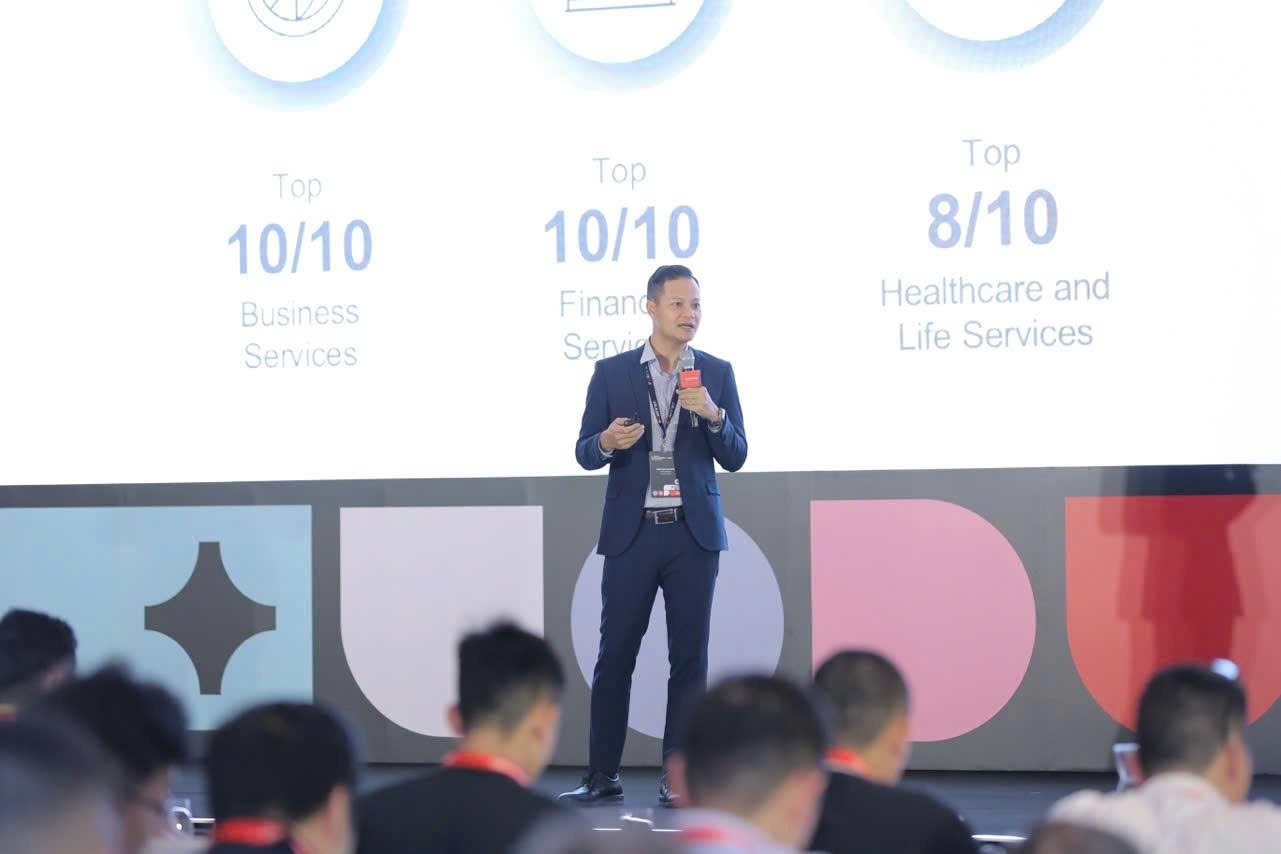
Second, the security infrastructure is fragmented. Enterprises use a variety of disparate, unintegrated tools, which makes responses asynchronous and vulnerable to being outsmarted.
Third, cybersecurity resources are too thin. In Vietnam, only about 13% of the IT workforce is trained in-depth security, while the number of warnings each day can reach thousands.
Even more worrying, 33% of organizations are unable to monitor AI attacks, and only 8% are confident in their current defenses. This reflects a dangerous gap between the speed at which hackers are evolving and the ability of businesses to respond.
Cyber attacks are now not only about stealing data but also demanding huge ransoms. How does Fortinet view the consequences from a business strategy perspective?
Mr. Nguyen Gia Duc: A cyber attack today not only causes system disruption (with 58% of businesses affected), but also entails serious consequences such as data breaches and loss of privacy – especially for financial, healthcare andeducational institutions. It also undermines customer trust – an invisible but extremely serious damage.
Along with that comes huge processing costs – 1/4 of data breaches in Vietnam today cost over 500,000 USD to fix.
We call this “triple-whale damage”: operational, reputational, and financial. And when AI is fully exploited by hackers, the damage is no longer limited to what we once knew.
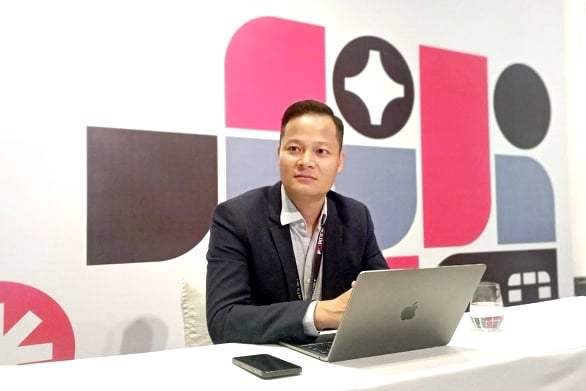
How is Fortinet helping businesses meet these challenges? What is different about today's defense strategies compared to the past?
Mr. Nguyen Gia Duc: Fortinet follows the direction of unified security, with three core pillars: visibility - automation - recovery.
We have been applying AI to FortiGuard systems for more than 15 years and are the leading security company applying AI technology to customer protection solutions, not only to detect attacks but also to predict, respond and self-heal. Technologies such as Adversarial AI, multi-layered ML, behavioral analytics... have been integrated into security solutions from endpoints to the cloud.
More importantly, we help businesses shift from a passive defense strategy to a proactive one, building an intelligent security ecosystem where AI is not just a tool, but the “coordination center” of the entire security system.
What is the final message you would like to send to organizations and businesses in Vietnam?
Mr. Nguyen Gia Duc: AI has completely changed the game in cybersecurity. If you don’t keep up, your business will become “prey” without even knowing it. Don’t wait until you’re attacked to find a solution.
Make the right investments – invest in visibility, integrated thinking, and especially resilience. In the digital age, speed and proactiveness are the strongest firewalls a business can build.
Thank you very much!
Source: https://doanhnghiepvn.vn/chuyen-doi-so/an-ninh-mang/ai-dang-lam-thay-doi-hoan-toan-cuoc-chien-an-ninh-mang-doanh-nghiep-can-di-theo-huong-nao/20250606062029241








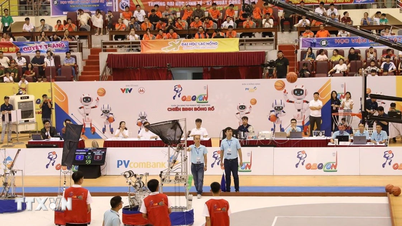

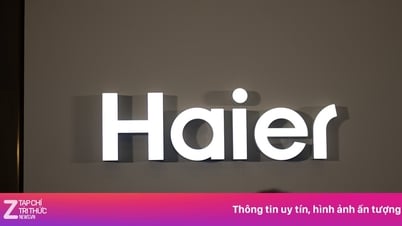



































































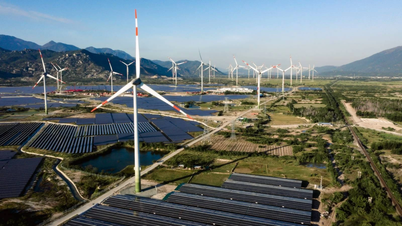







![[OCOP REVIEW] Tu Duyen Syrup - The essence of herbs from the mountains and forests of Nhu Thanh](https://vphoto.vietnam.vn/thumb/402x226/vietnam/resource/IMAGE/2025/6/5/58ca32fce4ec44039e444fbfae7e75ec)







Comment (0)